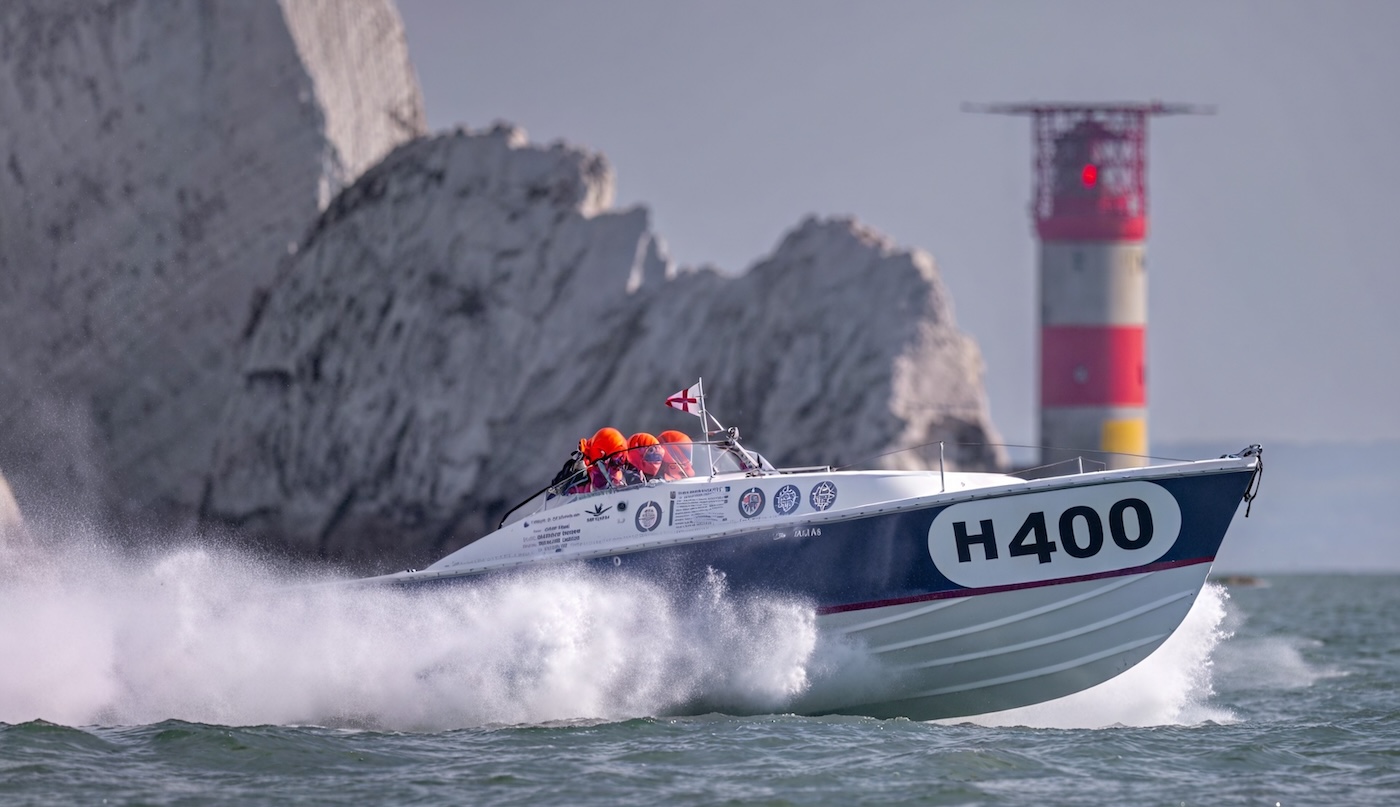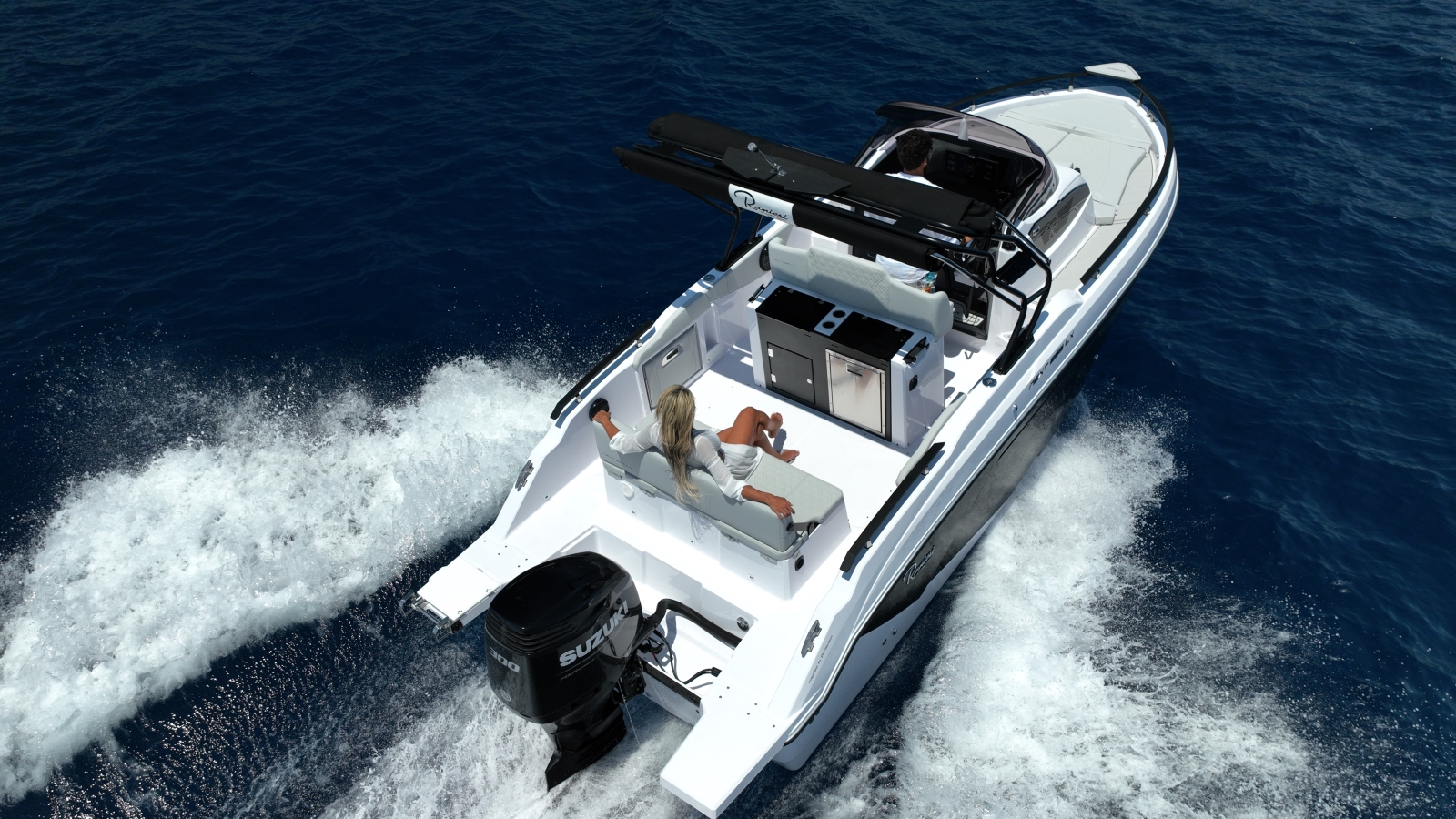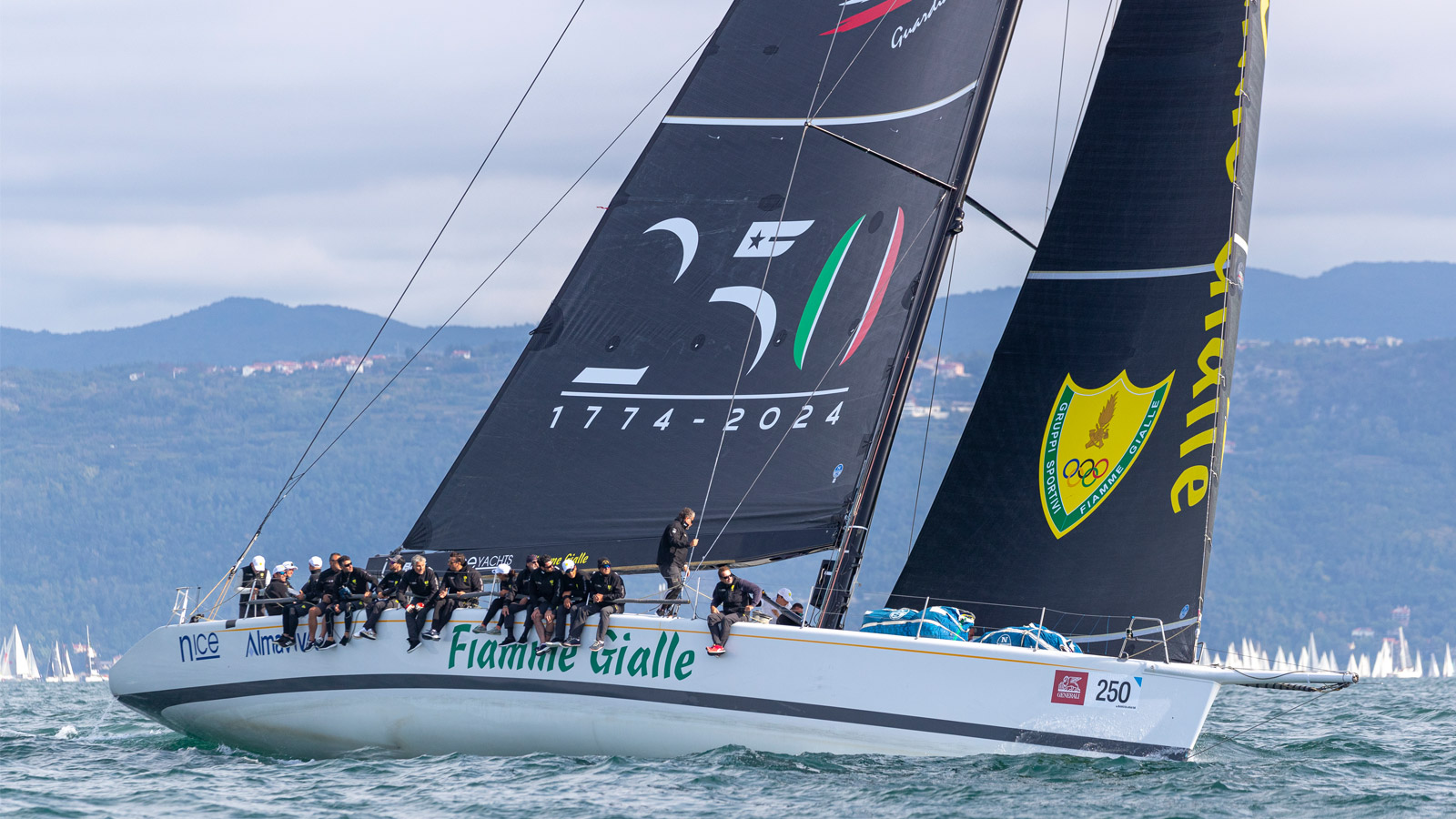È stato battezzato alla base di Bermuda, con una pioggia di champagne su uno degli scafi, il nuovo catamarano Ac 50 di Groupama Team France, la sfida transalpina alla 35a Coppa America voluta da tre monumenti della vela bianco, rossa e blu: Franck Cammas, Michel Desjoyeaux e Olivier de Kersauson. A fare da madrina al varo Elise Bakhoum, la responsabile del rigging della squadra francese. Come tradizione francese non è stata rotta la bottiglia, ma il prezioso liquido è stato rovesciato sulla barca.
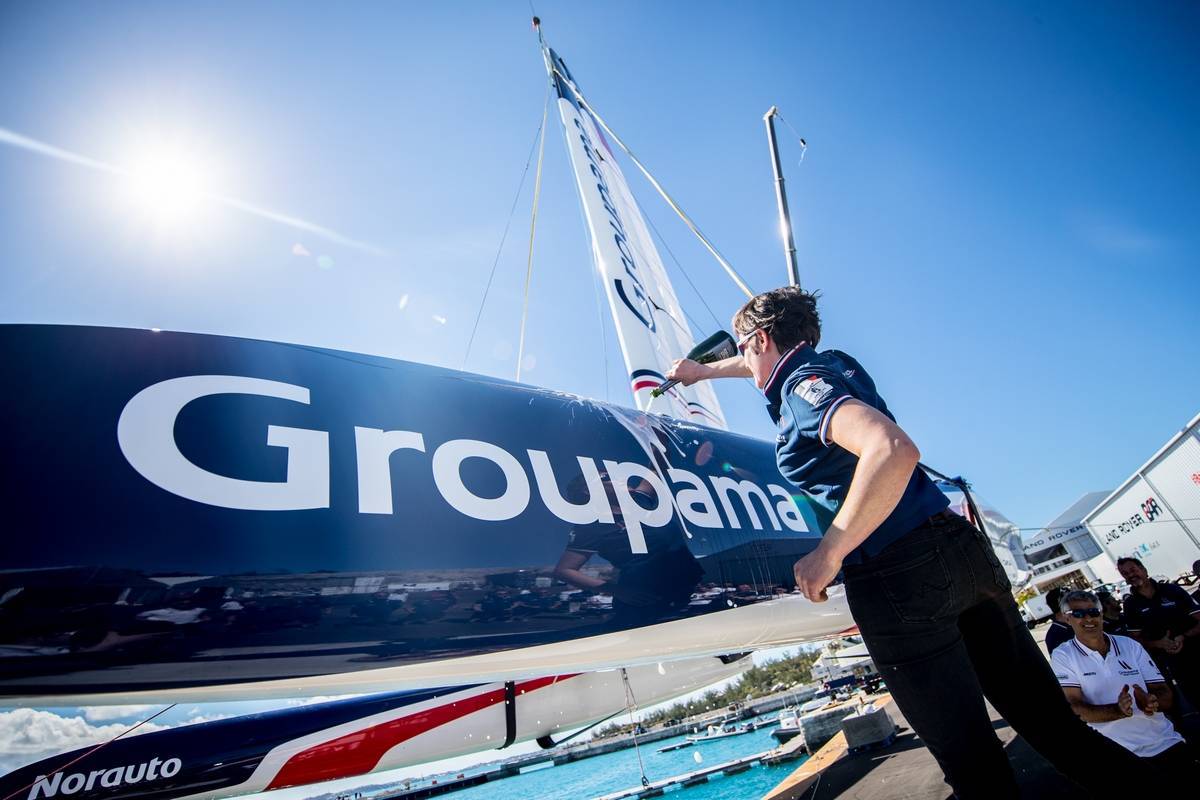
Con questo varo, tutti e sei i catamarani della classe AC sono in acqua. Cinque nelle varie base dei team a Bermuda, dal defender Oracle (Usa) a Softbank Team Japan (Jpn), passando per Artemis (Swe) e Land Rover Bar (Gbr). Il sesto, Emirates Team New Zealand, al momento il più accreditato al ruolo di sfidante finale, è invece stato varato ad Auckland ed è ancora nelle acque di casa. Evidentemente non vogliono avvicinare troppo agli altri concorrenti la loro barca a pedali. Durante il varo c’è stata la possibilità di dare un’occhiata alle appendici idrodinamiche della barca, le derive con forma a L e i timoni dal profilo a T, gli unici due elementi in cui ai team è consentito intervenire per migliorare le prestazioni della barca. Eccezion fatta per i foil, le barche sono dei monotipi, decisione introdotta dal nuovo regolamento di Coppa per mantenere i costi a un livello accettabile, ma che di fatto stravolge radicalmente la tradizione della regata.
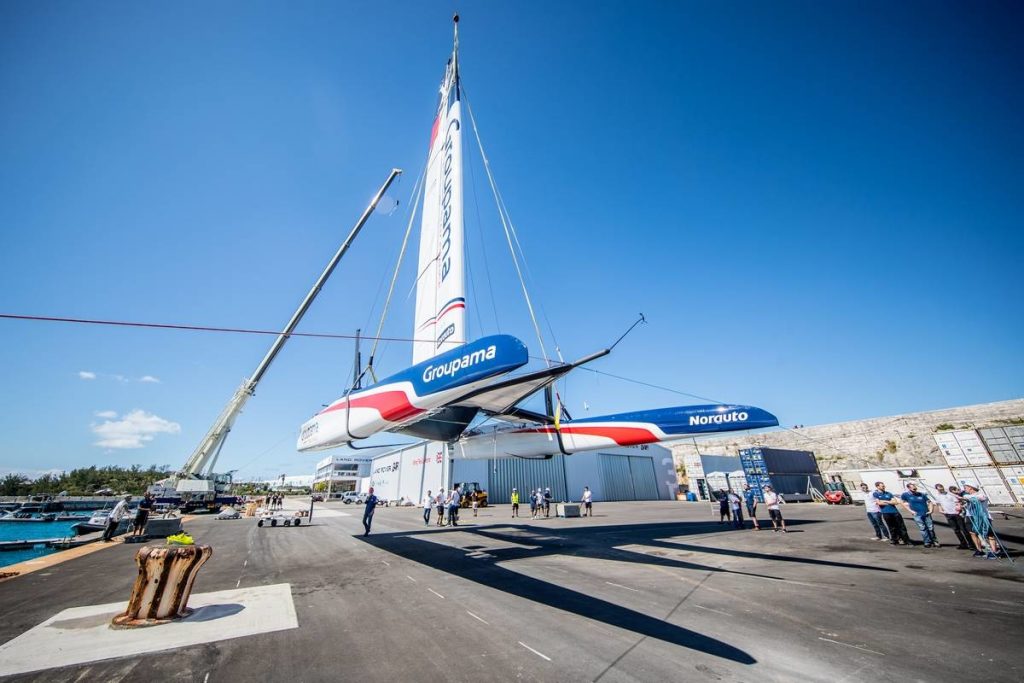
Questo limite sposta ovviamente l’attenzione sull’unica parte di barca ridisegnabile. Sempre però con un limite, indicato dalle regole di classe: nei vecchi Ac 45, usati come piattaforma di studio e allenamento, potevano costruire sei fusti (shaft, in inglese), la parte che scorre dentro la scassa, per intenderci, e 12 punte (tip), la parte terminale che dà il vero effetto di sollevamento -per amore di completezza, la parte di raccordo tra shaft e tip è detta gomito (elbow).
Nei nuovi Ac 50 il budget di appendici è minore, solo quattro shaft e otto tip che non devono rappresentare, ognuna, più del 30% del peso totale del foil, unica restrizione definita, mentre la lunghezza è libera.
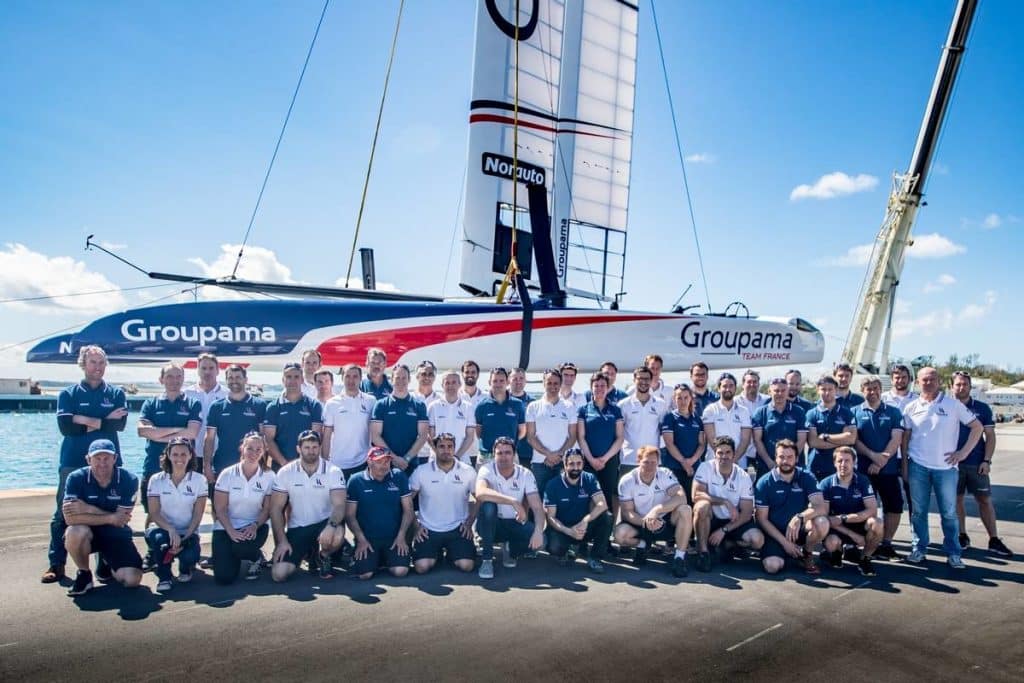
La differenza tra le due derive di Groupama Team France è evidente. Quella sul lato di dritta una è L dritta, mentre l’altra ha sia lo shaft sia la tip con una curvatura più evidente. Poiché l’attuale regola di stazza degli Ac50 non richiede che i multiscafi siano simmetrici ciò a permesso di realizzare una configurazione differente perché diverse sono le necessità dei due lati. “C’è più enfasi sulla navigazione con mure a dritta che a sinistra: per come è costruito il campo di regata ci sono due lati di veloci laschi con mure a dritta e solo uno con le mura a sinistra”, ha spiegato Martin Fisher, uno dei responsabili della parte progettazione a The Royal Gazette. Non ci resta che aspettare le prossime regate per vedere se stavolta i francesi hanno messo trovato l’uovo di colombo.


